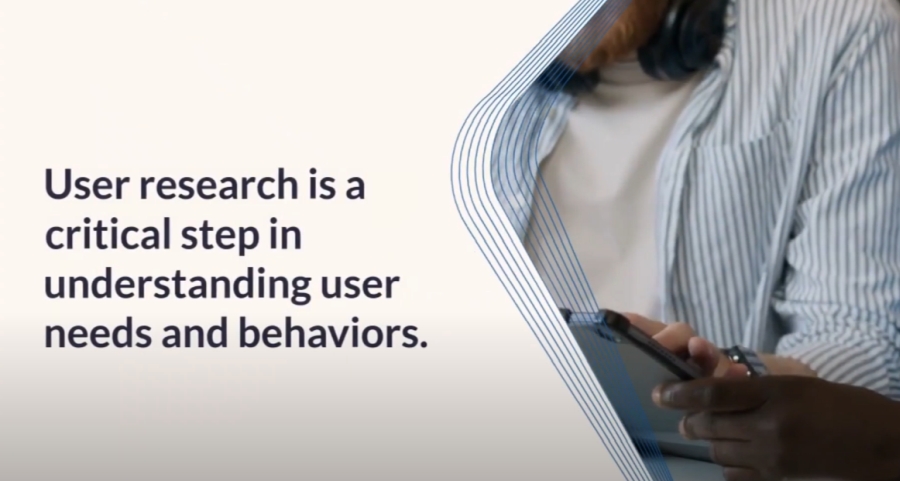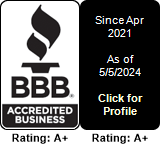When a user gets confused, they don’t file a bug report. They leave.
UX Failure Doesn’t Break. It Bleeds
You don’t lose users all at once. You lose them in quiet moments: the unclicked button, the confusing message, the form they almost filled out. Bad UX isn’t a crash. It’s a slow leak of trust, attention, and revenue.
Especially for startups, UX mistakes don’t just cost users. They cost survival. The good news? These mistakes are not only common, they’re preventable—if you know where to look.
This guide breaks down the most frequent UX failures that startups make, explains why they happen, what they cost, and how to fix them before your product becomes someone else’s postmortem example.
1. Ignoring User Feedback
Listening to users sounds obvious—until you’re three months into building something no one actually wants. Startups often build in a vacuum, trusting intuition over insight.
- Overconfidence in assumptions
Teams fall in love with their own ideas and assume their product instincts are enough. Real user behavior rarely aligns with internal expectations. - Lack of structured feedback systems
Without intentional feedback channels like surveys or in-app prompts, valuable insights never make it back to the product team. Feedback becomes anecdotal, not actionable. - Fear of pivoting
Accepting feedback often means letting go of original plans. But resisting iteration is what kills momentum faster than failure itself.
2. Skipping Rigorous Testing
You can’t predict what you refuse to validate. Testing feels expensive. But releasing a broken UX is worse.
- Budget and time constraints
Startups often treat testing as a luxury, not a necessity. But early tests are cheaper than late reworks. - Overreliance on internal testing
Internal teams already know how the product “should” work. Real users never read the manual. - Testing as a one-time phase
Usability isn’t a milestone. It’s a continuous feedback loop. Every update deserves validation.
3. Prioritizing Aesthetics Over Functionality
A product can look like a dream and still feel like a nightmare. Beauty means nothing if users can’t accomplish what they came for.
- Design trends trumping usability
Following what’s fashionable in design doesn’t always serve your user. Flat icons and hidden menus might win awards—but lose conversions. - Disjointed visuals and flow
Visually appealing interfaces with broken logic paths create frustration. A pretty form that can’t be submitted is still a broken experience. - Usability is invisible
Users don’t thank you when things work smoothly. They just keep going. But when they don’t, they leave.
4. Failing to Adapt to Changing Needs
The product your users loved six months ago might not be what they need now. Stagnation happens when startups confuse early validation with lasting success.
- Rigid product roadmaps
Locking into a quarterly feature list without space for real-world feedback guarantees irrelevance. Flexibility builds resilience. - Assuming growth = satisfaction
Just because usage is increasing doesn’t mean experience is improving. Numbers don’t reveal frustration until churn begins. - Ignoring data patterns
Usage analytics show you what users are doing, not just what they say. Insights come from behavior, not assumptions.
5. Designing in Silos
When UX is seen as “just design,” the product suffers. Good UX is cross-functional.
- Lack of shared language between teams
If design, development, and product don’t speak fluently with each other, misalignments become bottlenecks. UX breaks at handoff points. - PMs overruling flow for scope
Product managers prioritizing speed over usability introduce gaps in the experience. Deadlines don’t care. But users do. - No ownership of the journey
Everyone assumes someone else is testing the flow. And no one actually does.
6. Overcomplicating the Product
More features aren’t always better. In fact, they’re often a distraction from your product’s core promise.
- Feature creep
Adding every user request dilutes the experience. Simplicity scales. Bloat burns resources. - Premature scaling
Launching tools before they’re needed creates confusion. Users don’t want potential. They want clarity. - No clear MVP boundary
A Minimum Viable Product is not “everything we built by launch.” It’s the sharpest, simplest path to value.
7. Neglecting Accessibility
If your product can’t be used by everyone, it doesn’t work.
- Accessibility seen as optional
Thinking accessibility is just for “edge cases” is a fundamental misunderstanding. It affects real users every day. - Lack of testing with real users
Checklists and tools can’t replicate human experience. Inclusive testing makes invisible problems visible. - Not following standards from the start
Retrofitting accessibility is more expensive than building with it in mind. WCAG isn’t just regulation. It’s good UX.

Conclusion: Fixing UX Is Cheaper Than Rebuilding Trust
The real cost of poor UX isn’t bugs or downtime. It’s lost belief.
Every unnecessary click, every confusing flow, every inaccessible form teaches your users one thing:
This product wasn’t made for me.
Great UX isn’t a final layer. It’s a core system. It listens. It adapts. It respects.
Startups that build UX as a culture—not just a phase—don’t just retain users.
They earn them.


